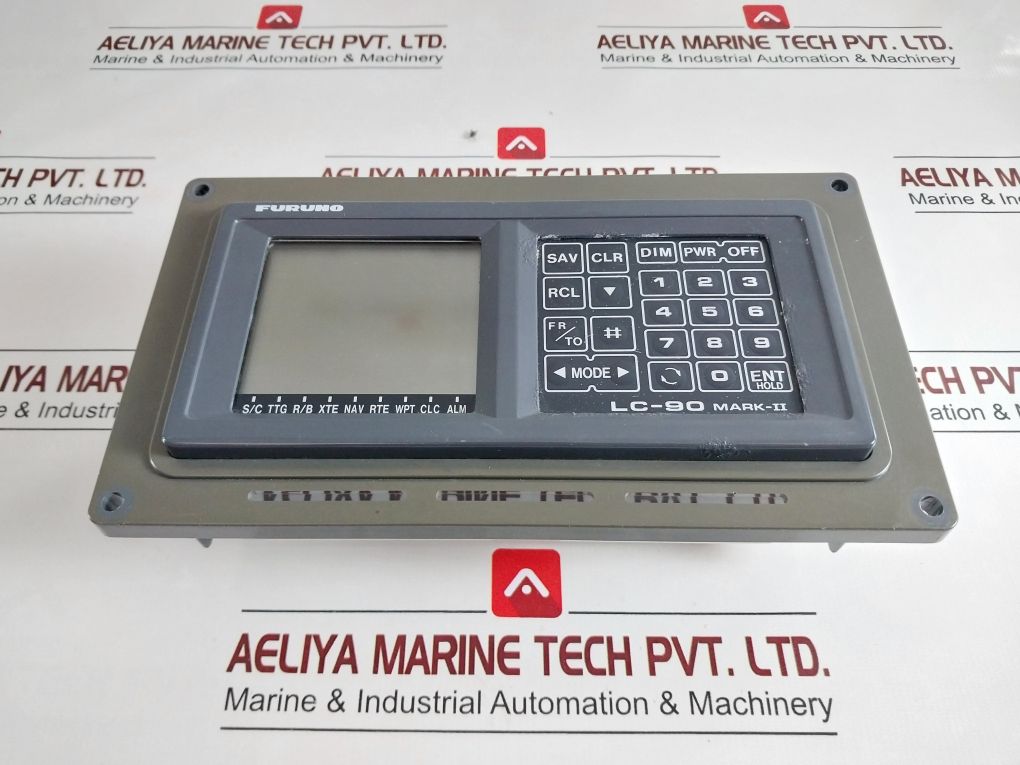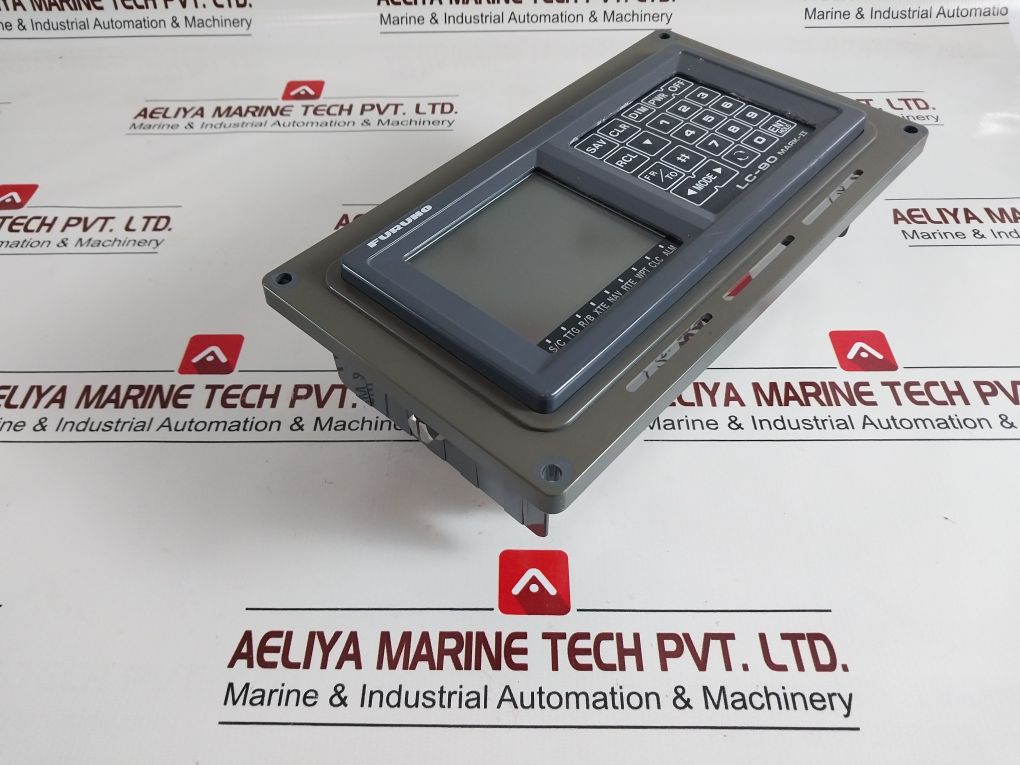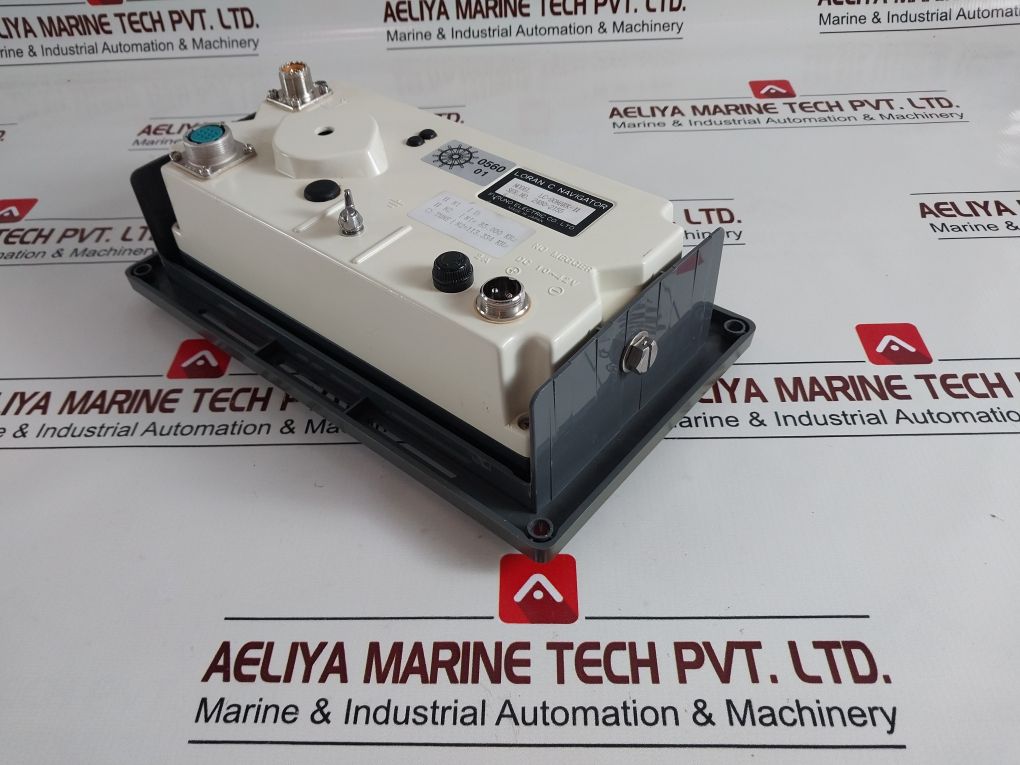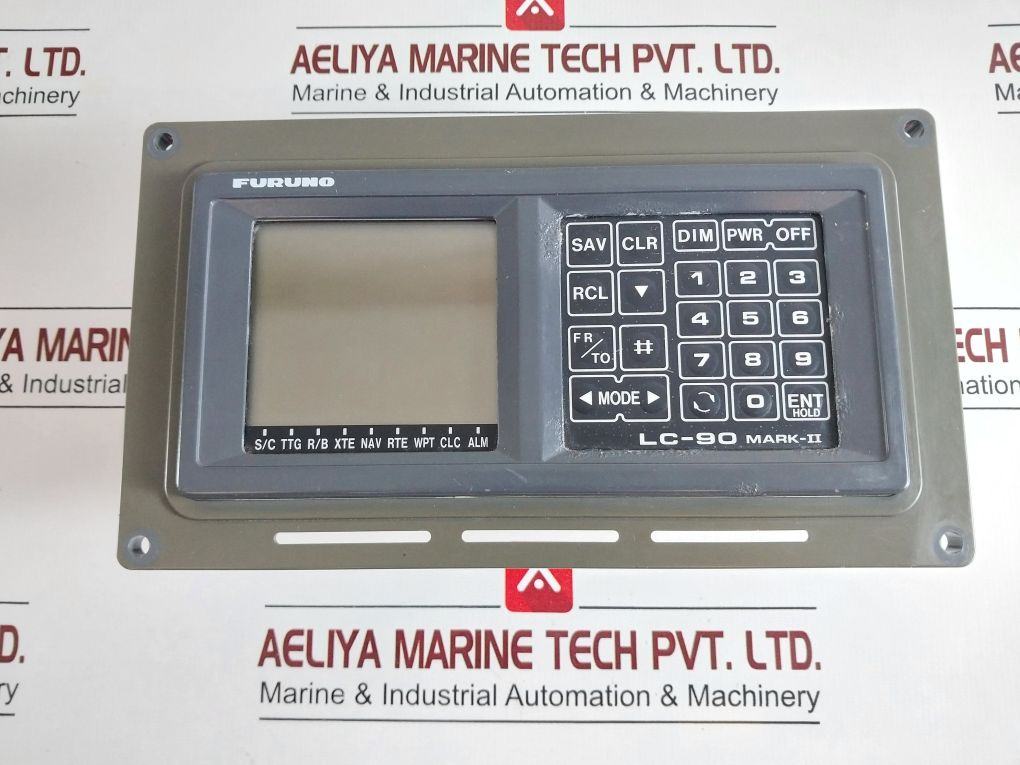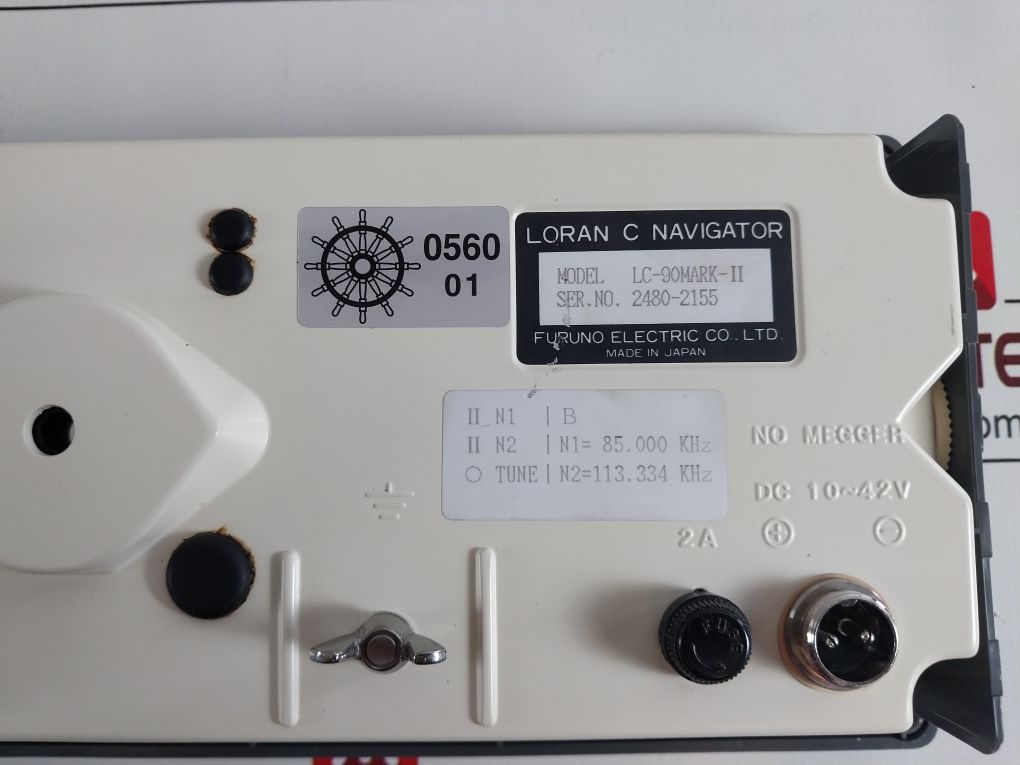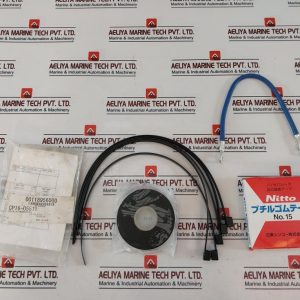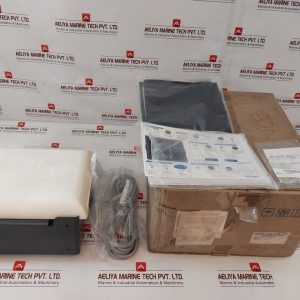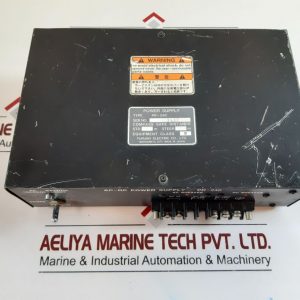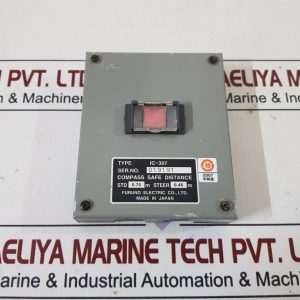| Attribute | Value |
|---|---|
| Manufacturer | Furuno Electric Co., Ltd. |
| Model | LC-90 Mark-II |
| Type | Loran C Navigator |
| Power Supply | DC 10~42V |
| Current | 2A |
| Frequency N1 | 85.000 KHz |
| Frequency N2 | 113.334 KHz |
| Country of Manufacture | Japan |
| Weight | 1.720 Kg |
| Ref No(S) | 61860 |
What is the LC-90 Mark-II Loran C Navigator?
The Furuno LC-90 Mark-II is a receiver of Loran C (Long Range Navigation), intended to be used at sea. It was commonly employed in the late 20th century, specifically the 1980s and 1990s, as a reliable instrument for navigators working on commercial and recreational ships.
The Loran C system relies on low-frequency radio transmitters to assist in establishing the position of a ship. It was a vital improvement prior to the popularity of satellite navigation, particularly where GPS signals did not reach or were weak.
Key Features of the LC-90 Mark-II
In its day, despite being an old piece of equipment, the LC-90 Mark-II featured a robust set of characteristics that made it highly functional on the seas:
1. High Sensitivity Receiver
The unit featured a very sensitive receiver that enabled accurate signal acquisition, even under suboptimal weather or signal conditions.
2. Multiple Display Modes
The LC-90 Mark-II featured a backlit LCD display that was capable of showing waypoints, bearing, range, and course information. This easy-to-use interface enabled mariners to make quick decisions based on unambiguous, readable information.
3. Waypoint Storage
Navigators were able to store many waypoints, and it was simpler to come back to certain fishing locations, docks, or safe harbors.
4. Durability
Similar to other Furuno products, the LC-90 was designed to endure. Its tough construction was able to resist the abusive marine environment, from salt spray to temperature extremes.
5. Alarm and Alerts
The unit was capable of producing alarms for navigation off course, closeness to waypoints, or signal failure—keeping the navigator alert and attentive at all times.

